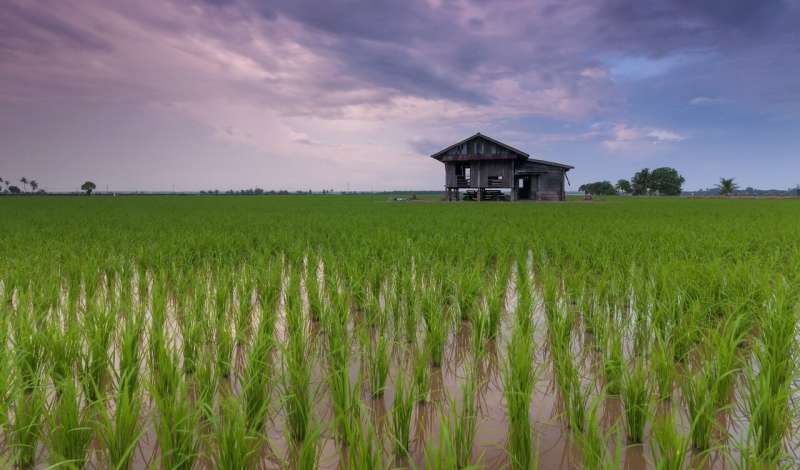Avoiding stubble trouble: Agricultural methods for reducing cereal crop waste

When we grow crops a huge amount of energy goes into their production and harvesting. In general, there is also a lot of waste when the wheat is separated from the chaff, so to speak, and stubble trouble is a common problem for wheat and rice and other cereal crops. Now, work on the energy content and potential to do work, exergy, of rice straw suggests that we might have an alternative to simply digging stubble in or burning it.
Writing in the International Journal of Exergy, Edelvy Bravo Amarante of the University of Sancti SpÃritus "José Martà Pérez," Cuba, and colleagues there and at the University of Cienfuegos, the Technological University of Havana "Jose Antonio Echevarria," and the University of Kassel, Germany, explain the potential of rice straw.
The team's calculations suggest that the greatest benefit is the conversion of rice straw to biomethane for further conversion into biodiesel products and production of electricity using generated biogas. This "valorization" can be carried out through anaerobic digestion. The greatest gains in exergy flow are seen in these processes. Moreover, the conversion overall has benefits in terms of lower carbon emissions compared to fossil fuel production and electricity generation, when the full life cycle is taken into account.
Given the vast amounts of rice that are grown in Cuba and more broadly Latin America, there is a need and an application for the rice straw that is otherwise simply a waste product.
More information: Edelvy Bravo Amarante et al. Exergy analysis of the valorisation of rice straw for energy purposes with a life cycle approach: rice production in Cuba, International Journal of Exergy (2019).
Provided by Inderscience




















